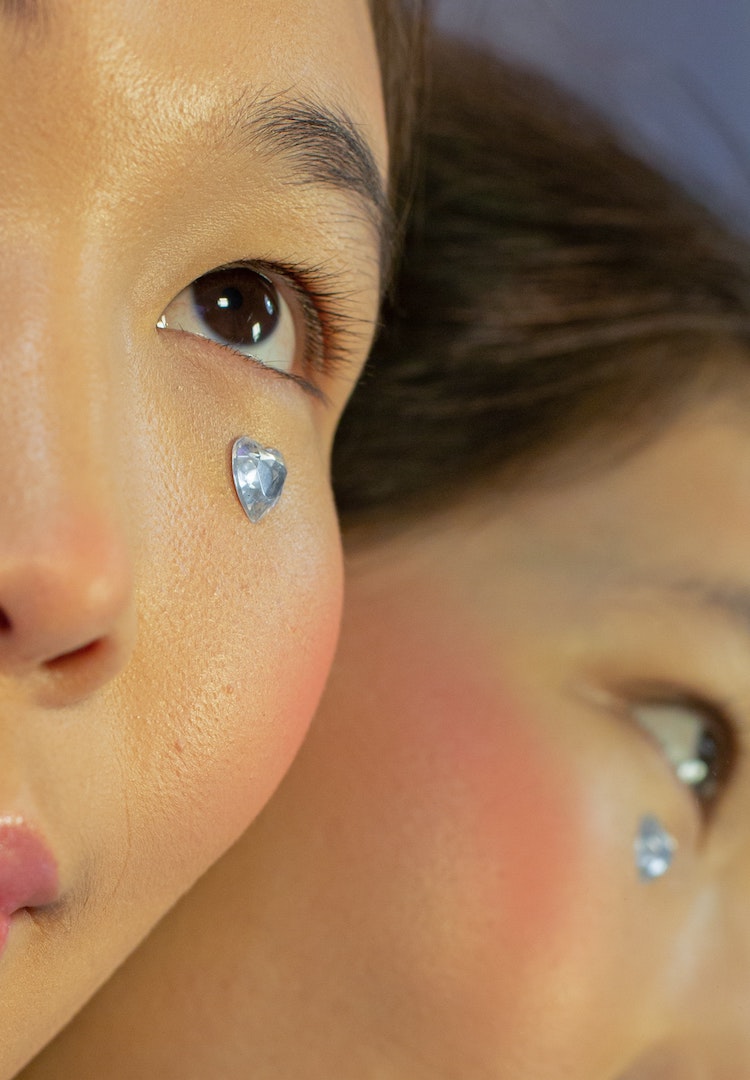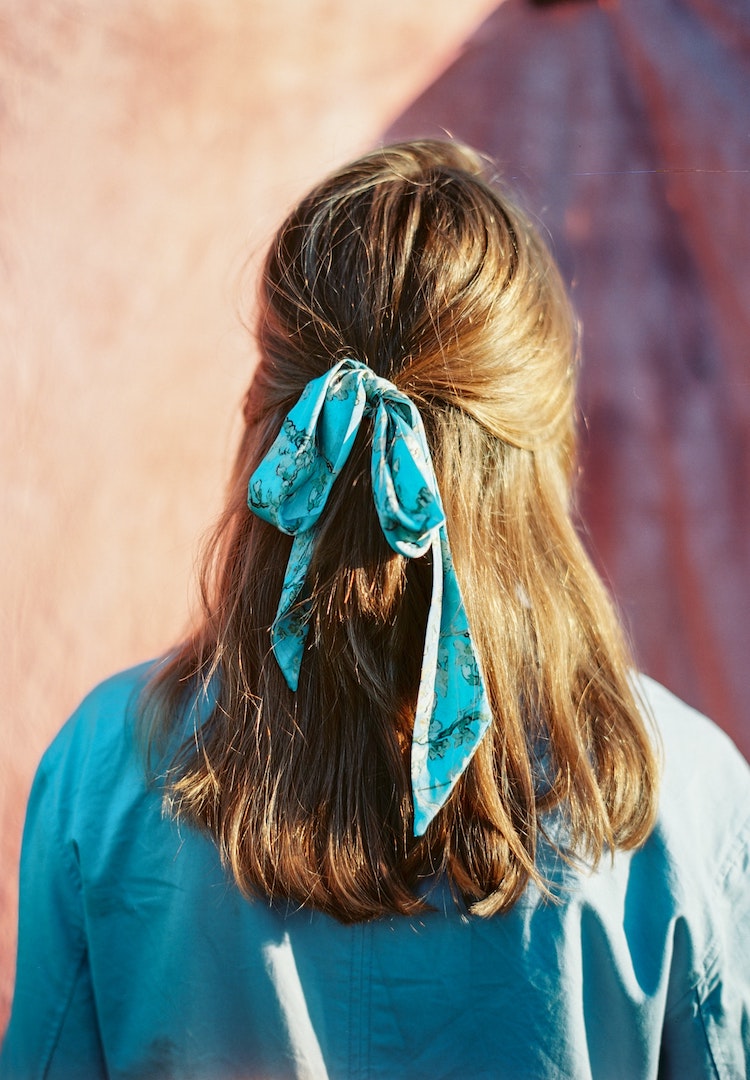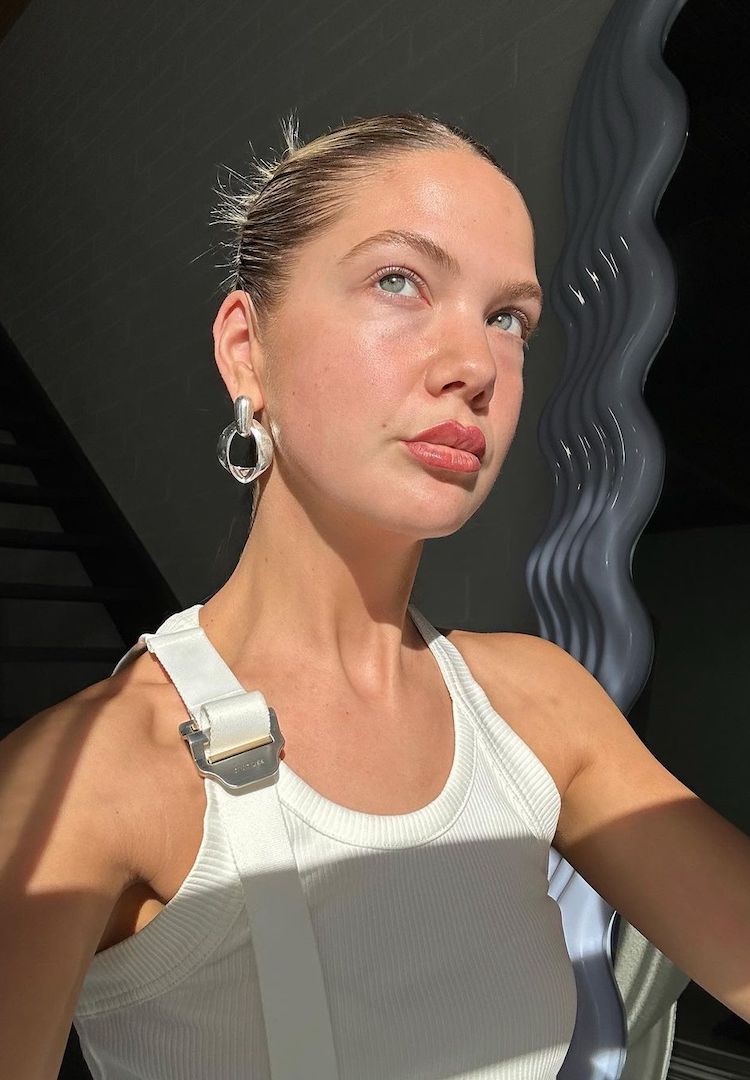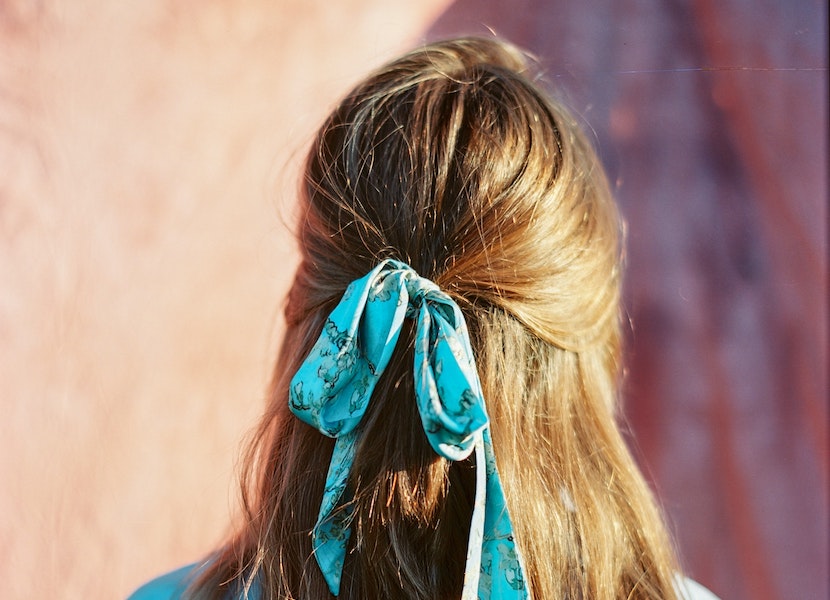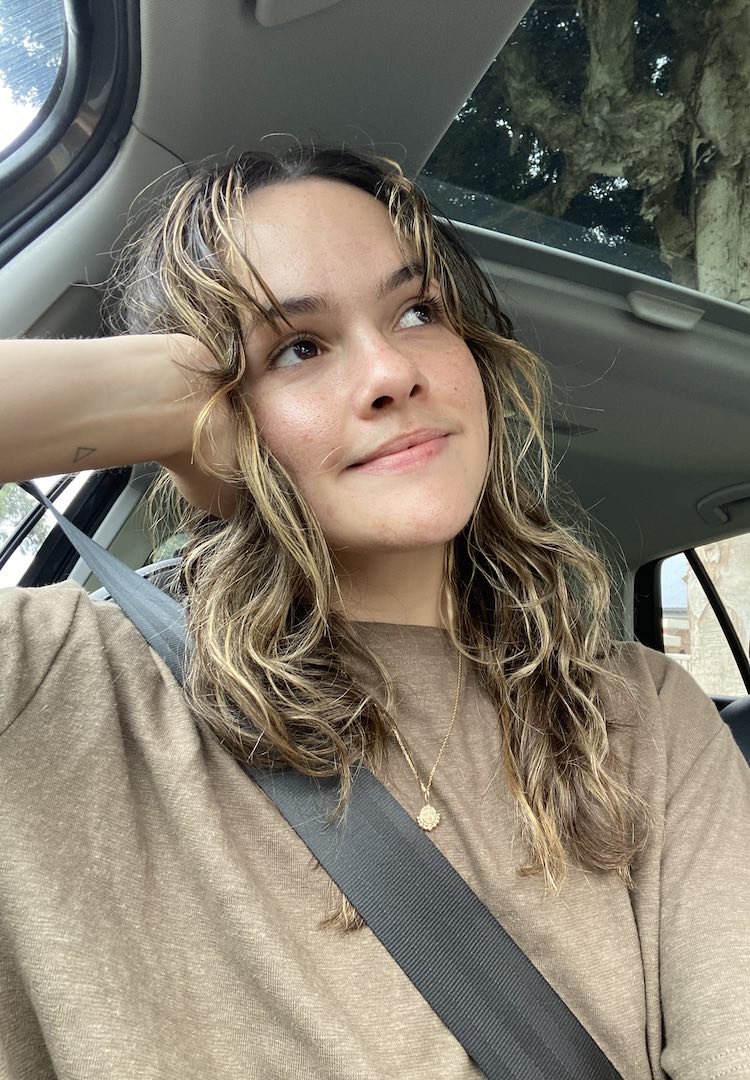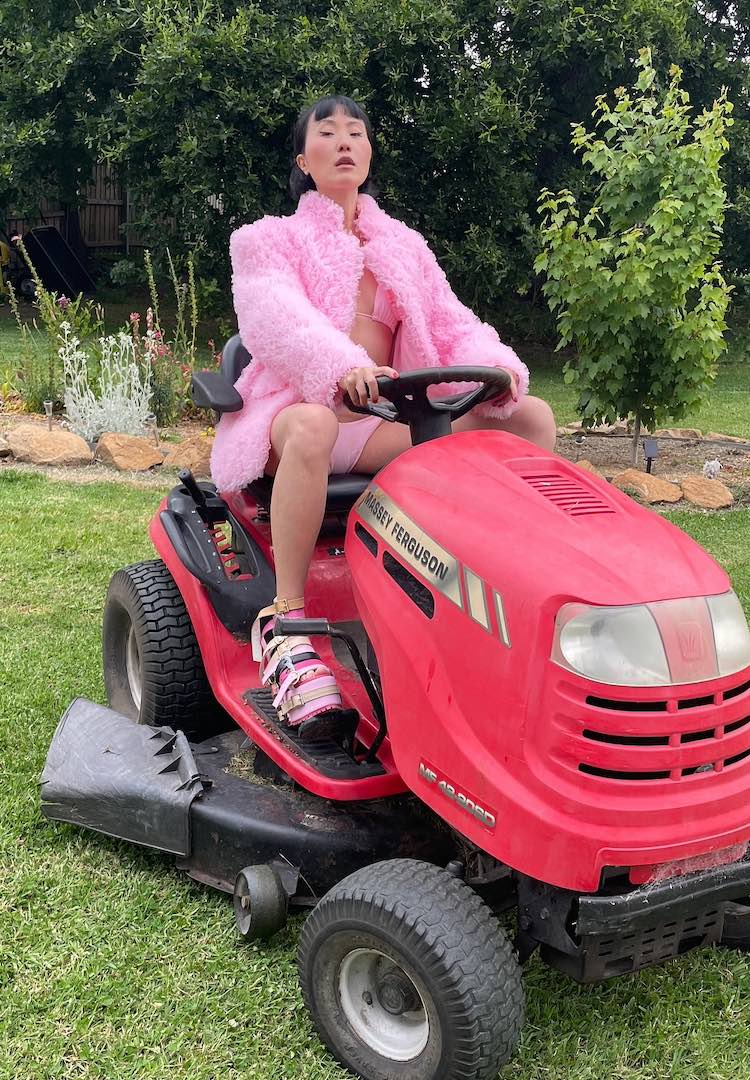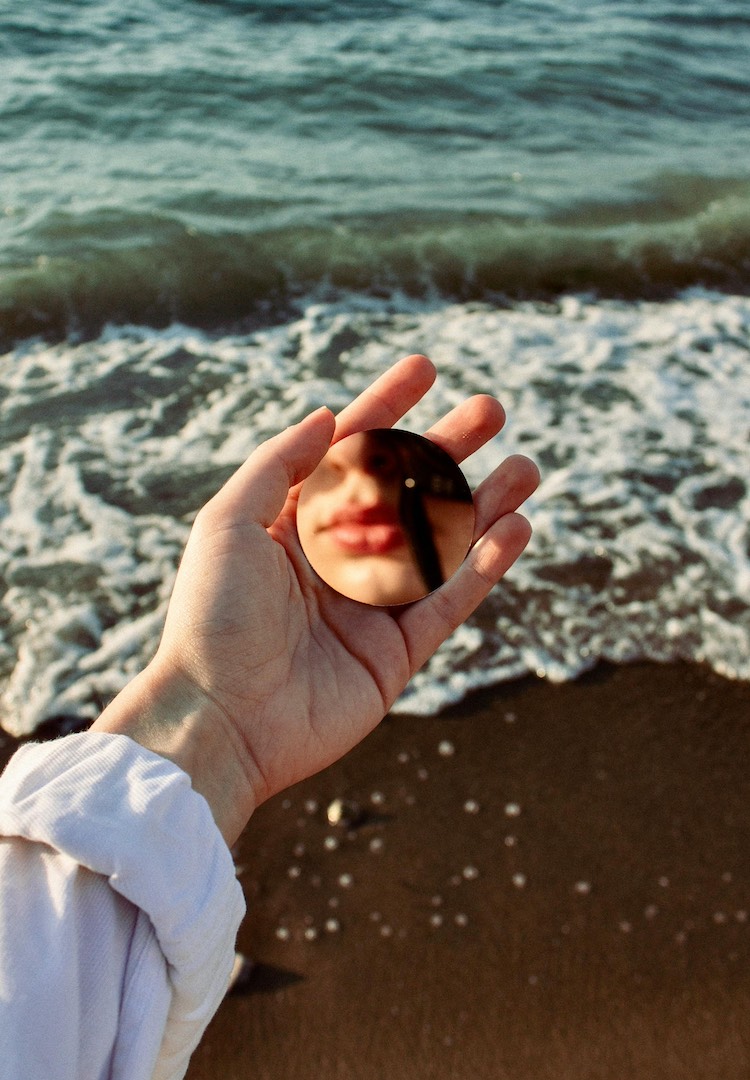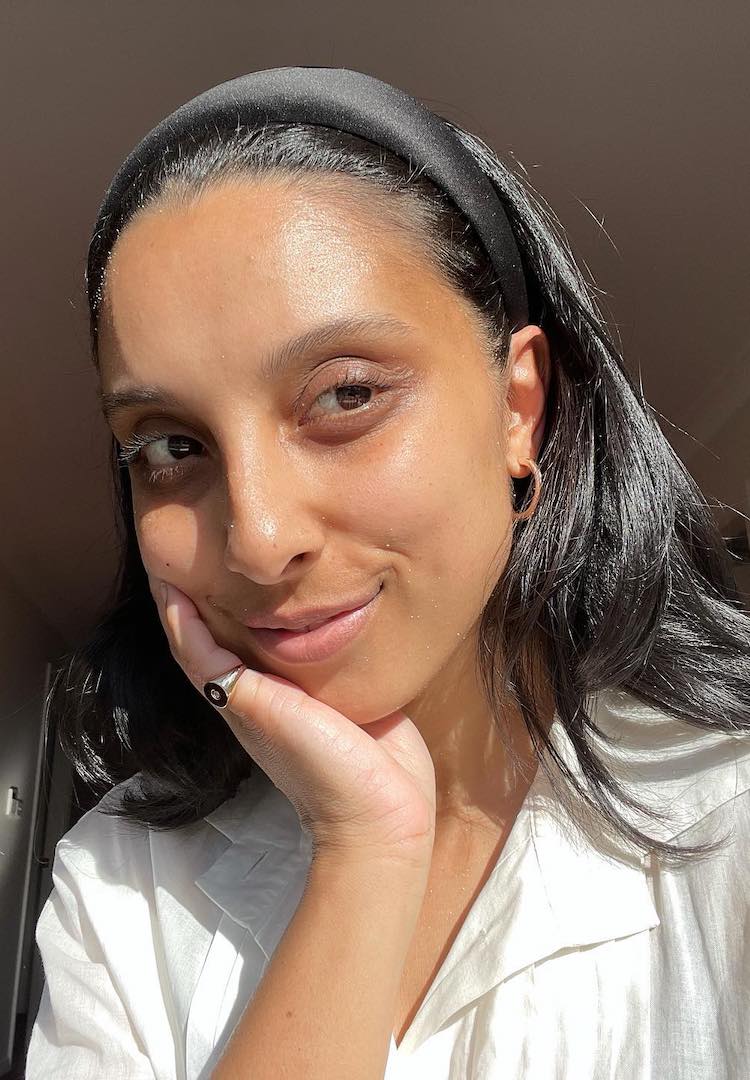Should your hair dye be non-toxic?
WORDS BY CAIT EMMA BURKE
A hairdresser explains.
I’ve been dying – or perhaps more accurately, frying – my hair since age 12. My first few rendezvous into the world of colour were frightful box dye experiments. Think a deep purple-brown, patchy bleached streaks and a truly horrific DIY attempt at going blonde which left me with a head of vibrant orange, brown and bleach-blonde hair.
At age 14, heavily inspired by Hilary Duff’s iconic Metamorphosis album cover, I decided to properly commit to being a blonde, side fringe and all (it was 2006, need I say more?). Years and years of colossal hair damage followed this decision, as I attempted to maintain my bleach-blonde facade. Despite my mum imploring me to consider the chemicals I was dousing my hair in on a regular basis, I didn’t give it much thought.
We like nosy people. Don’t be shy, head to our Beauty section for more.
But in the last few years, like many of us, I’ve come to realise my mum was right about more than I care to admit. Chemical hair dye is packed with frighteningly toxic ingredients, so why aren’t more of us concerned about it? And can non-toxic hair dye really provide the same results?
Eager to learn more about these less damaging hair dye alternatives, I went to Bob Hair in South Yarra, a sustainable salon that specialises in a more natural approach to hair dye and haircare. I was lucky enough to have my hair done by the salon’s founder and owner, Charlotte Archer.
Charlotte started hairdressing at age 19 but took a break for a five-year period while living overseas. “When I moved back to Melbourne 10 years ago, I was deliberating about whether or not to get back into hair. My lifestyle has always been more natural and sustainable with food, cleaning – everything,” she tells me.
Fed up with the industry’s use of toxic ingredients, after a stint working at a salon that used more natural products, she realised what she really wanted to do was create a sustainable, natural salon. “I’d always wanted a business but I never thought it would be a salon… but it just seemed like I was good at it and I’d found this angle where I could incorporate stuff that I loved into hair. And that’s when I started thinking about Bob and trying to get it to come to fruition,” she says.
Bob Hair doesn’t just talk the talk though. It partners with Sustainable Salons to collect and recycle 100 per cent of its waste, its hair clippings go towards brooms that help clean up oil spills in the ocean, it stocks a tightly curated selection of organic products and, of course, it uses only non-toxic hair dye. While waiting for my copper dye to develop, I picked her brain on this alternative to chemical hair dye.
Why should we be choosing non-toxic hair dye?
While many of us are under the illusion that hair dye doesn’t absorb into our bodies in the same way skincare and makeup do, Charlotte is quick to remind me this isn’t the case. “You would never want to put products on your face that you could react to, stuff that’s potentially carcinogenic, hormone disruptors, all of that… It’s the same thing with hair. Because it’s going onto your skin, and your body absorbs 80 per cent of everything you put on it, you need to be aware of that,” she explains.
She tells me Bob Hair has made it a priority to only stock and use ethical, natural and sustainable brands which don’t contain ingredients like ammonia, artificial fragrances, parabens, phthalates and sulphates.
But even if you opt for non-toxic hair dye, if chemical hair dye is being used around you in the salon, Charlotte emphasises that you’re not in the clear. Ammonia, an alkaline chemical used to raise the pH level of hair during the colouring process, is one of the worst offenders. It can irritate the nose, throat, respiratory system, eyes and skin, and when repeatedly used it damages the hair cuticle, allowing moisture to escape.
“So ammonia is something that you breathe in. A lot of people think it’s harmful if you get it on your skin but it’s actually a fume. So if you go to a salon and they say ‘We’ve got an ammonia-free option’, it doesn’t actually matter because you’re still breathing it in if it’s been used by other hairdressers in the salon,” she says.
PPD and PTD are two other chemicals found in most commercial hair dyes and are the most common cause of severe allergic reactions.
“With PTD and PPD, generally the darker the pigment with tint, the more that’s in it. PPD and PTD are the ones that you get allergic reactions to, so when people start welting up, getting red and sore, and that’s actually quite common. A lot of people are highly allergic to colour, so they need to find some sort of more natural alternative,” she explains.
And if nothing else compels you to take the non-toxic route, consider the fact that when a woman is pregnant, most doctors will advise them to stay away from chemical colour at least until week 13 of their pregnancy.
“So when you’re making a child you shouldn’t do it but then you can do it the rest of the time? That’s when we draw in a lot of those people. They come in [to Bob Hair] and realise their hair’s in a lot better condition and that they can still get really blonde and cover their greys and all the other things but without all the crap in it,” Charlotte tells me.
Can you achieve the same results?
When I ask Charlotte if she can achieve the same results with non-toxic hair dyes as chemical hair dyes, her answer is a resounding yes. “100 per cent. We wouldn’t be as busy as we are if we didn’t. You can do exactly the same things. I have really resistant grey hair and non-toxic hair dye covers my greys.
“My ethos from the beginning was that I don’t want us to be perceived as a hippy salon where we’re compromising on the end result. It’s the best colour you can get, the most natural you can find but still on a professional level. We don’t want to compromise on what you can achieve. We want to achieve the same results, just with products that are better for you.”
If my new copper head of hair (which has received an absurd amount of compliments, so I can attest that the more natural route can deliver impressive results) is anything to go by, non-toxic is the way to go.

